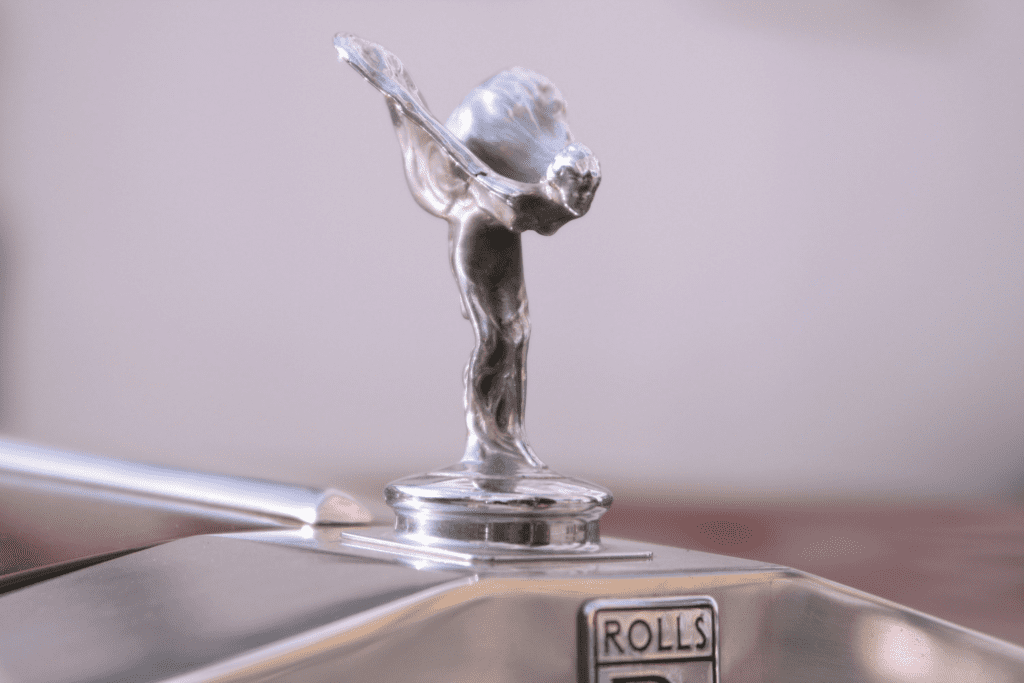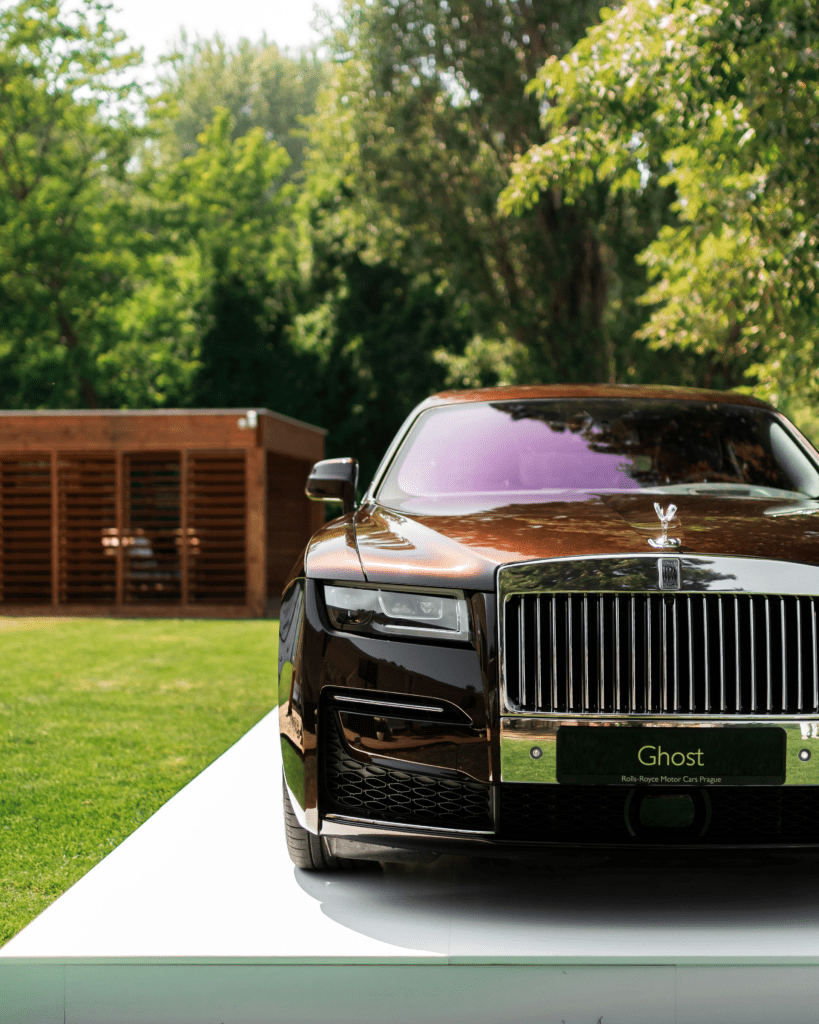Rolls-Royce will report a massive rise in profits to accompany the return of dividends as it makes a strong recovery. This saw shares surge to a more than ten-year-high. Under chief executive Tufan Erginbilgiç, the engineer has undergone a radical transformation of the business from aero-engines to accelerated profits by strategic developments in the aerospace and defense segments.

Rolls-Royce, the famous engine maker, has made a fantastic comeback by sharing news of higher profits and bringing back dividends to investors. Shares of the company surged to their highest level in more than ten years after the announcement.
The revenue of Rolls-Royce has increased 19% in the first half of this year to £8.2 billion, powered by the recovery of civil aerospace following the Covid-19 pandemic. Its pre-tax profit nearly doubled, rising from £524 million to £1 billion, even before currency effects were factured in. Included in this good news was the reinstatement of dividends for shareholders, which had been suspended since the outbreak of the pandemic. Shareholders are now expecting a return of 30% of underlying after-tax profit and could increase to 40%.
This turnaround has been driven by the chief executive of Rolls-Royce, Tufan Erginbilgiç. Since joining in 2023, the boss has worked hard to reinstate the dividend payout as soon as possible. The windfall for investors is going to be even larger than thought off the back of his leadership. Full-year profit forecasts have been hiked to £2.1 billion to £2.3 billion on an underlying basis.
Its shares jumped by more than 8% to 486.7p—levels not seen since 2013—on Thursday. With that, Rolls-Royce emerged as the fastest mover of the day on the FTSE 100. When Erginbilgiç took over, he used the words “burning platform” to describe it. Under his leadership, it recovered rapidly; the analysts gave him the nickname “Turbo Tufan” after the seriously fast pace of cost-cutting measures put in place—it involved the loss of 2,500 jobs.
Erginbilgiç shared, “Our transformation of Rolls-Royce into a high-performing, competitive, resilient, and growing business is proceeding with pace and intensity. These results, together with our enhanced financial resilience, also provide us with the confidence to raise our 2024 guidance and reinstate shareholder distributions in respect of the full-year 2024 results.”

According to Jefferies analysts, Rolls-Royce has done better than expected. It performed very well during the first half of the year due to its civil aerospace division, which benefited from the global aviation recovery, and its defense operation, which gained from the rising global military tensions.
Rolls-Royce is making more money from “after-market” services in combat, including servicing and maintenance of aircraft engines. It also benefited from the Aukus submarine-building partnership between the US, UK, and Australia.
In addition to its aerospace and defence developments, Rolls-Royce is edging closer to delivering small modular reactors in Britain, sometimes called mini-nukes. It says these mini nuclear power stations are due to deliver their first power in the early 2030s. Rolls-Royce has completed the second phase of the regulatory process required to roll out these small-scale nuclear power stations. The company proudly stated, “Rolls-Royce is the only European company to have reached this milestone, adding to our competitive advantage.”

Rolls-Royce’s remarkable recovery and strong performance also serve to underpin the resilience of the company and its ability to adjust to swings in market conditions. A renewed dividend and an increase in profit forecasts foretell with certainty that under Tufan Erginbilgiç, the company has changed. As Rolls-Royce moves into the future, it still remains a big player in these important industries of aerospace, defense, and nuclear power, with continued growth and success expected in these industries.


